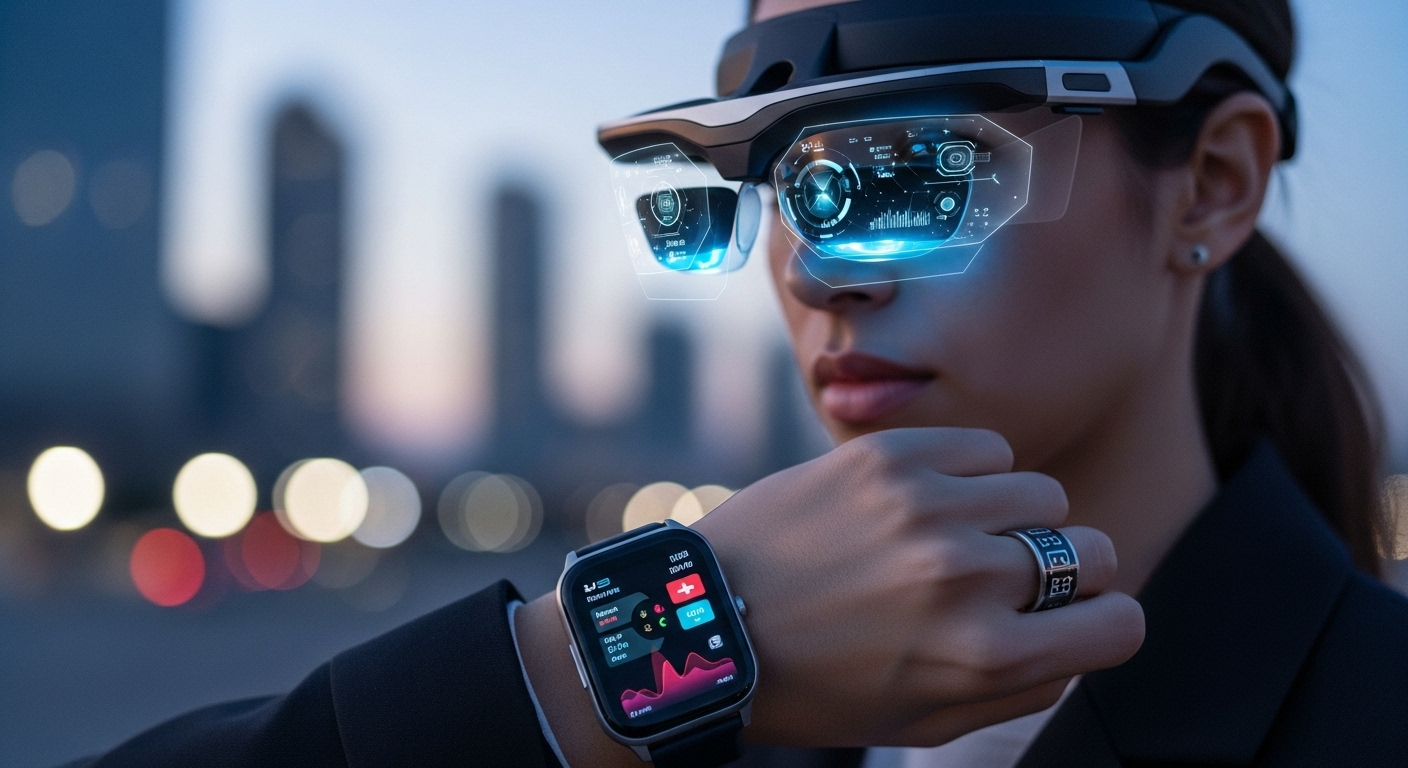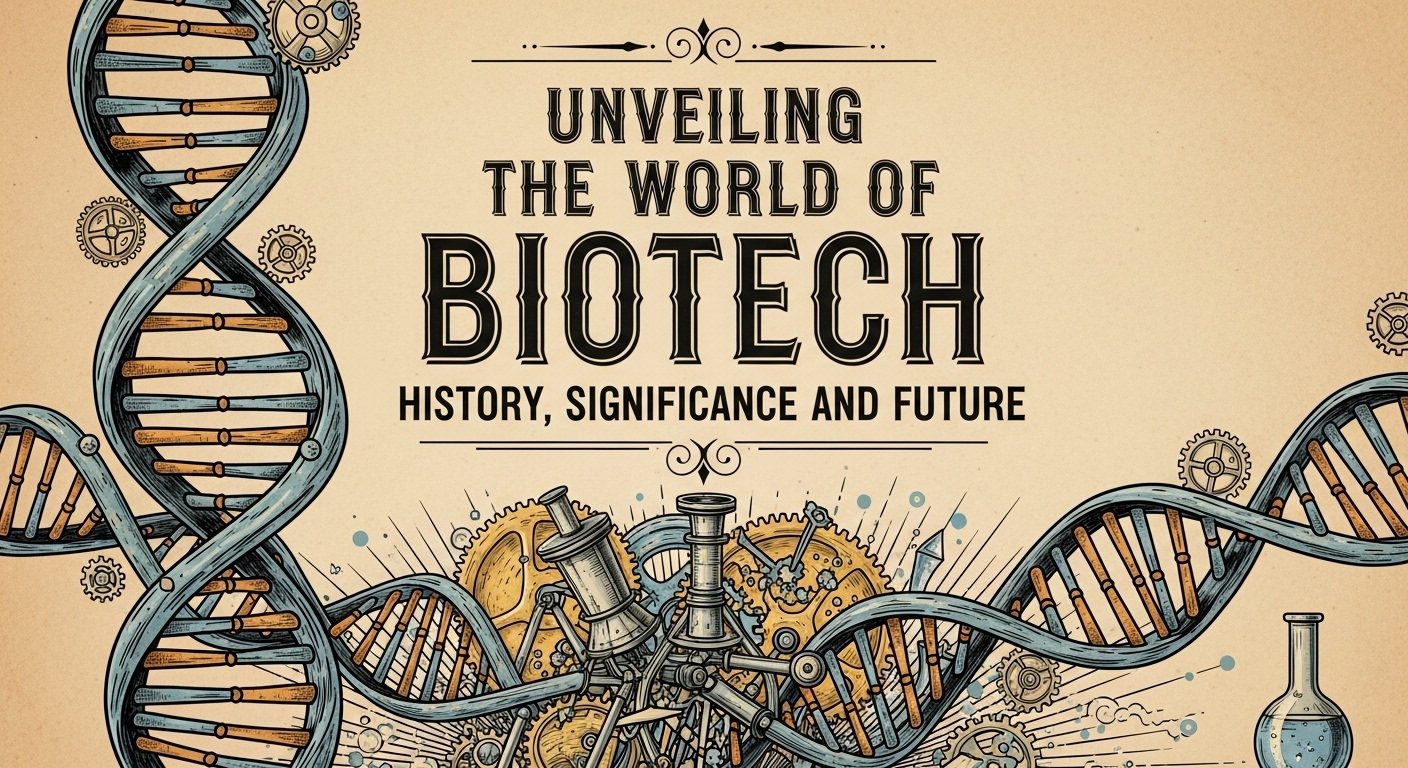Introduction
Technology is evolving at an unprecedented pace, and one of the most fascinating areas of innovation is wearable technology. From the early days of simple pedometers and fitness bands to the current generation of smartwatches, health monitors, and augmented reality glasses, wearable devices have become an integral part of modern life. They represent more than just gadgets; they embody the blending of technology with the human body in a way that redefines convenience, health, and connectivity. The future of wearable tech promises to be even more transformative, with breakthroughs in artificial intelligence, biometrics, nanotechnology, and design shaping how these devices will enhance everyday experiences.
The Evolution of Wearable Tech
To understand the future, it is important to look back at the journey of wearable technology. The earliest wearables were basic wristwatches and hearing aids, offering functionality but little in terms of smart integration. The launch of fitness trackers in the early 2000s changed everything by giving users real-time data about steps taken, calories burned, and heart rate. Soon after, smartwatches expanded the scope, allowing people to make calls, monitor notifications, and use apps directly from their wrists. Glasses with heads-up displays, smart clothing with embedded sensors, and even rings and patches capable of monitoring vital signs have emerged. This rapid evolution reflects both consumer demand for greater control over their lives and the relentless pace of technological innovation.
Health and Wellness at the Core
One of the most significant drivers of wearable technology is health and wellness. Devices are no longer limited to counting steps or calories; they now monitor oxygen levels, blood pressure, heart rhythms, and even sleep quality. Wearables are increasingly being used to detect irregularities such as atrial fibrillation or sleep apnea, giving users valuable health insights that were once only available in medical settings. The future will see even more advanced health wearables, capable of predicting illnesses before they occur by analyzing subtle changes in the body. Continuous glucose monitors for diabetics, non-invasive hydration sensors for athletes, and stress detection through skin conductance are just some of the innovations on the horizon. These devices will not only empower individuals to take charge of their health but also reduce pressure on healthcare systems by enabling preventive care.
Integration of Artificial Intelligence
Artificial intelligence will play a central role in the next generation of wearable tech. Today’s wearables already collect vast amounts of data, but AI will transform this raw information into actionable insights. Imagine a smartwatch that not only records your heart rate but also analyzes patterns to suggest lifestyle changes, predict health risks, and automatically share data with your doctor. Personalized recommendations based on AI-driven analytics will become commonplace, tailoring fitness programs, dietary advice, and stress management techniques to individual needs. AI will also make wearables more intuitive, learning from user behavior to deliver seamless experiences without constant manual input.
Fashion Meets Function
A key challenge for wearable technology has always been balancing functionality with style. Users want devices that fit seamlessly into their lives without appearing overly technical or cumbersome. The future will likely bring a deeper convergence of fashion and technology, with collaborations between tech companies and fashion brands creating devices that are both stylish and practical. Smart clothing that looks no different from regular apparel but has sensors woven into the fabric will become more mainstream. Jewelry-like wearables, such as smart rings and earrings, will offer powerful features while maintaining elegance. The blending of fashion with tech will ensure that wearables are not just functional but also a statement of personal style.
Augmented Reality and Smart Glasses
Augmented reality represents one of the most exciting frontiers of wearable technology. Smart glasses are already in development, offering overlays of digital information onto the real world. In the future, these devices could become as common as smartphones, transforming how we interact with our surroundings. Imagine walking through a city and seeing real-time directions projected in front of you, or attending a meeting where notes and reminders appear in your line of sight. In education, students could learn through immersive visualizations, while in healthcare, surgeons could use augmented displays for more precise operations. Although challenges remain in making AR wearables lightweight, affordable, and socially acceptable, the potential is enormous.
Workplace Applications
Wearable tech is also poised to revolutionize the workplace. Industries such as construction, manufacturing, and logistics already experiment with wearables that improve safety and efficiency. Smart helmets with built-in sensors can detect fatigue or monitor environmental hazards. Smart gloves can enhance precision in assembly lines. Augmented reality headsets can train workers or assist them in completing complex tasks by providing real-time instructions. As workplaces embrace digital transformation, wearable tech will become essential tools, boosting productivity and ensuring employee safety. Remote work will also benefit from wearable innovations, with devices enabling seamless virtual collaboration and monitoring employee well-being even outside the office.
Sports and Fitness Beyond Tracking
Athletes and fitness enthusiasts have been early adopters of wearable technology, but the future promises even more advanced applications. Beyond counting steps and calories, wearables will be capable of tracking muscle activity, hydration levels, and even mental focus. Elite athletes may use them to fine-tune training regimens with real-time feedback, while everyday users could receive personalized coaching through AI-powered wearables. Smart fabrics that monitor body temperature and adjust automatically will keep athletes in optimal condition. These innovations will not only enhance performance but also reduce injuries by identifying risks before they escalate. Sports technology is becoming increasingly data-driven, and wearables will be at the heart of this transformation.
The Role of Nanotechnology
Nanotechnology is set to redefine what wearable tech can achieve. Imagine sensors so small they can be embedded into fabrics or even applied directly to the skin as patches or tattoos. These nanodevices could continuously monitor vital signs with incredible accuracy while being almost invisible to the wearer. In the medical field, nanotech wearables could deliver drugs in precise doses when needed or detect early signs of disease at the cellular level. The combination of nanotechnology and wearables opens a future where health monitoring is unobtrusive, seamless, and incredibly powerful.
Privacy and Ethical Challenges
With all the advancements in wearable tech come significant challenges, particularly around privacy and ethics. These devices collect vast amounts of sensitive data, from health metrics to location tracking. Ensuring this information is protected from misuse or hacking is critical. There are also ethical questions about how much data employers, governments, or corporations should be allowed to access. For example, should an insurance company adjust premiums based on data from a person’s fitness tracker? Should employers monitor employee productivity through wearables? Balancing the benefits of wearable technology with the protection of individual rights will be one of the greatest challenges in the years ahead.
Sustainability and the Environment
Another issue that the future of wearable tech must address is sustainability. As the demand for wearable devices grows, so too does the need for environmentally responsible design. Many wearables today rely on lithium-ion batteries and materials that are not biodegradable. The next generation will likely prioritize eco-friendly alternatives, such as biodegradable components, solar charging, or energy harvesting from body movement. Sustainable design will ensure that wearable tech contributes positively to the environment rather than adding to electronic waste. Companies that embrace sustainability will also appeal more to eco-conscious consumers, shaping market trends in the process.
The Expansion into Everyday Life
The future of wearables extends far beyond health, fitness, or professional applications. Everyday activities will also be transformed. Wearable payment systems will become more common, allowing users to pay securely with a flick of the wrist or tap of a ring. Smart earbuds will provide real-time translation of foreign languages, breaking down barriers in global communication. Parenting could also be enhanced by wearables that monitor infants’ vital signs, alerting caregivers to potential issues. As these devices become more integrated into daily routines, they will blur the lines between technology and human life.
The Role of 5G and Connectivity
Connectivity is the backbone of wearable technology, and the rollout of 5G networks will take wearables to a new level. Faster speeds, lower latency, and greater capacity will enable real-time data sharing and more powerful applications. For instance, wearables used in remote healthcare monitoring will be able to transmit complex data instantly, ensuring timely interventions. Augmented reality glasses will rely on high-speed connections to deliver seamless overlays of digital information. The integration of wearables into the broader Internet of Things ecosystem will also be enhanced by 5G, allowing devices to communicate and coordinate in ways previously unimaginable.
Accessibility and Inclusivity
The promise of wearable technology must also extend to inclusivity. Wearables have the potential to dramatically improve the lives of individuals with disabilities. Smart hearing aids, haptic feedback devices for the visually impaired, and exoskeletons that assist mobility are just the beginning. As wearable tech continues to evolve, it will be important to ensure these innovations are accessible and affordable to all. Making devices inclusive will not only improve equity but also expand the market, ensuring wearable technology benefits society as a whole.
The Human-Technology Symbiosis
Ultimately, the future of wearable tech points toward a deeper symbiosis between humans and machines. The boundary between the body and technology is becoming increasingly blurred. From devices worn externally to those implanted internally, technology is moving closer to becoming an extension of the human self. While this raises profound ethical questions, it also opens the door to unprecedented possibilities. A world where wearables seamlessly enhance cognition, health, and communication could redefine what it means to be human in the digital age.
Conclusion
The future of wearable technology is both exciting and complex. It promises breakthroughs in health monitoring, personalized AI-driven insights, augmented reality, and fashion-forward design. It will transform industries, improve daily life, and enhance human potential in countless ways. Yet, it also comes with challenges, including privacy concerns, sustainability issues, and ethical dilemmas. As technology advances, society must strike a balance between innovation and responsibility. Wearable tech is not just about devices we wear; it is about reshaping the relationship between humans and technology. The next generation of wearables will likely be more integrated, more intelligent, and more indispensable than ever before. They will not only change how we live but also redefine the very essence of what it means to connect, perform, and thrive in the digital age.




